‘Good things come to those who wait’
In 2017, we started this blog by walking 2,000km. We hiked through the UK, France, Switzerland and Italy and it took us four months. That’s really what you think of when you first think about ’slow travel’, right? We were on foot, we took all the time we needed, immersed ourselves in all the passing culture, and it took -frankly- AGES.
But what if you’re interested in slow travel as a concept, but don’t have four months causally lying around to go on such a journey?
Take that away, what is slow travel?
And why would you want to be a ‘slow’ traveller anyway?
Thinking this over, we’ve realised that slow travel is more than about dedicating huge chunks of time to travel. It is in fact an attitude to any travel you undertake.
It taps into the type of issues more and more of us are thinking about: how can I travel and be kinder to the planet? How can I avoid over-tourism or exploitation? How can I have authentic travel experiences in this glossy Instagram world? How can I, in fact, be happy?
For us, the answer is slow travel.
You know, the idea has grown out of the slow culture movement. This started with slow food: back in the Italy of the 1980s, many detested the idea of fast food, instead championing food grown locally, eating sustainable produce in season, and cooking slowly. No go, go, go to get the results but actually enjoying the journey itself.
And that’s pretty much the message of slow travel too. The magic in the process itself.
The journey as much as the destination.
Now this doesn’t have to be walking – but walking is a wonderful embodiment of it.
So we’ve been thinking about what we get out of slow travel. And then we’ve distilled from that some tips, tricks and thoughts for you to apply to any travel you do.
How to be a slow traveller in 2019: our tips
Fly less. Go more on foot
We’re not saying never fly. But we all know flying is pretty balls for the environment. So although flying seems intrinsic to travel for many people, have you thought you can still get to places without flying – on foot or by bike, for instance?
There are loads of European trails that cross country borders which means you could visit two (or more!) countries at once while walking or cycling. It’s actually a really fun and exciting thing to do too.
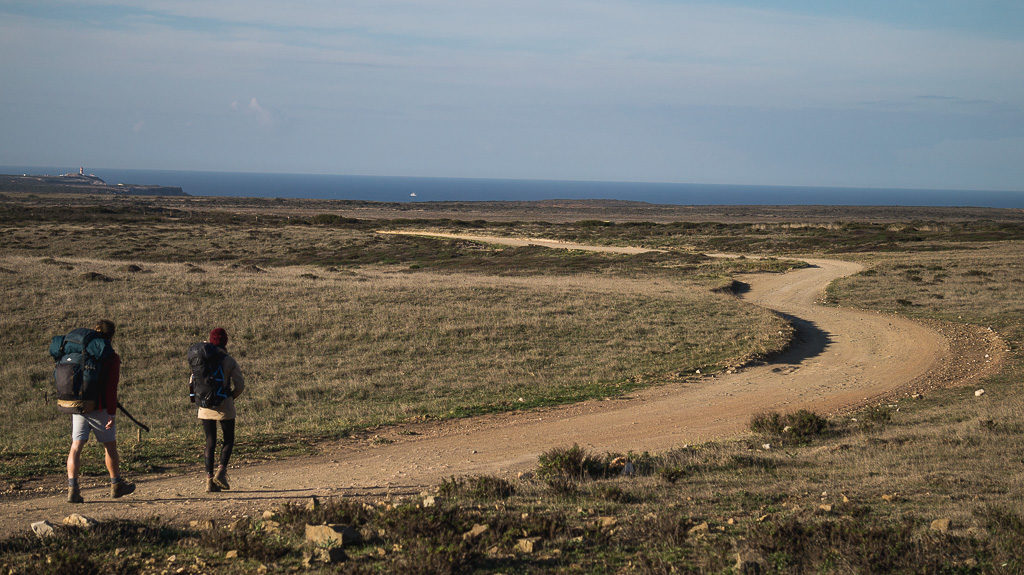
Read our blog about crossing into Switzerland from France on the Via Francigena. And there are loads of other examples: the Pacific Crest Trail goes into a sliver of Canada from the USA, for instance (you need a permit FYI), or the Dream Way that goes from Munich to Venice via Austria.
Stay in one place for longer
A lot of people say ‘it gets a bit boring when you’ve seen everything’. Take it from people who have walked through whole regions and have lived in those places for months – you’ve never seen everything.
Tuscany for instance. You may’ve visited Florence or Siena. You may’ve even gone out into the countryside into the Val D’Orcia. But what about the next valley along the Val D’Elsa with its turquoise blue Elsa river? As well as the towers of San Gimignano, there’s gothic hilltop Volterra, and the wine-making towns of Montepulciano, Montalcino?
And that isn’t even covering the more rugged north Tuscany.
In a world of whistle-stop tours, mammoth road trips, and ramming-it-all-in, have you thought about just picking one place and getting to know its culture, people and life?
Stay closer to home
The twin to flying less is simply staying closer to home. What we’ve realised while blogging is that your joe-average place 20 minutes down the road is another person’s dream destination.
We are British, so often take the chocolate box villages, the 1000+ year old history and general prettiness of where we live for granted. But seeing your home through the eyes of a slow traveller changes everything: there’s so much to see and love. And we can pretty much guarantee it’ll be the same for you as well.
Immerse yourself in a place
Making an effort while you’re travelling to see beyond your own preconceptions is one we ourselves are trying to improve on.
When we were travelling in San Francisco, I was convinced it was all going to look like the photos I’d seen of the city: the beautiful, wooden clad houses, multi-coloured. I kept nagging Luke, ‘where are the Painted Ladies? WHERE ARE THEY?’
The Painted Ladies are one street in the whole of the city. There’s so much more to explore than that, but it’s what I expected because it’s the image on every guidebook you’ve ever seen of San Francisco.
And for the record, going to the baseball was our favourite thing we did in SF.
Notice the little things
One of our favourite types of photograph to take never ends up on our Instagram – or even much on our blog. It’s the sharp focused pictures of little details, often plants and nature.
It could be a leaf spangled in dew or strung by a spider’s web. Or it could be the rough texture of a wooden waymarker. Or a flower catching the morning light.
Bright red berries, a creeping frost, animals tracks (badger is our agreed favourite), purple clouds in a sunset sky. These are the things we notice while travelling slowly, and these are the things that make us feel happy, centred in the world, and glad to be alive.
Go where & when no one else goes
This is an obvious tip that still hardly anyone ever does. There are very few places in the world that are busy all year round. Fewer still that are busy for 24 hours a day.
Go at an odd time of year or an odd time of day to even the busiest of places and you can have an almost miraculous experience.
Get the best view of Spain’s most visited tourist attraction the Alhambra in the morning, for example and you’ll find no one there. Not a single person.
Similarly, why not find –for want of a better word- a weird destination? We wrote a blog on 5 winter destinations in Europe which you’d not only be able to enjoy in the off-season, but are probably not on a lot of people’s radars anyway.
Other ideas: eastern Europe, rural China, the Stans
Stop
Maybe the irony about this type of travel is that it’s about stopping as much as going. There’s nothing we like more than putting our bags down on a walk and just enjoying the time, space, sights, & sounds that slow travel -in our case walking- opens up to you.
Slow travel is about appreciating what you have now. The planet, this moment, your health.
We all could do with more of that in 2019, right?
Pin it:
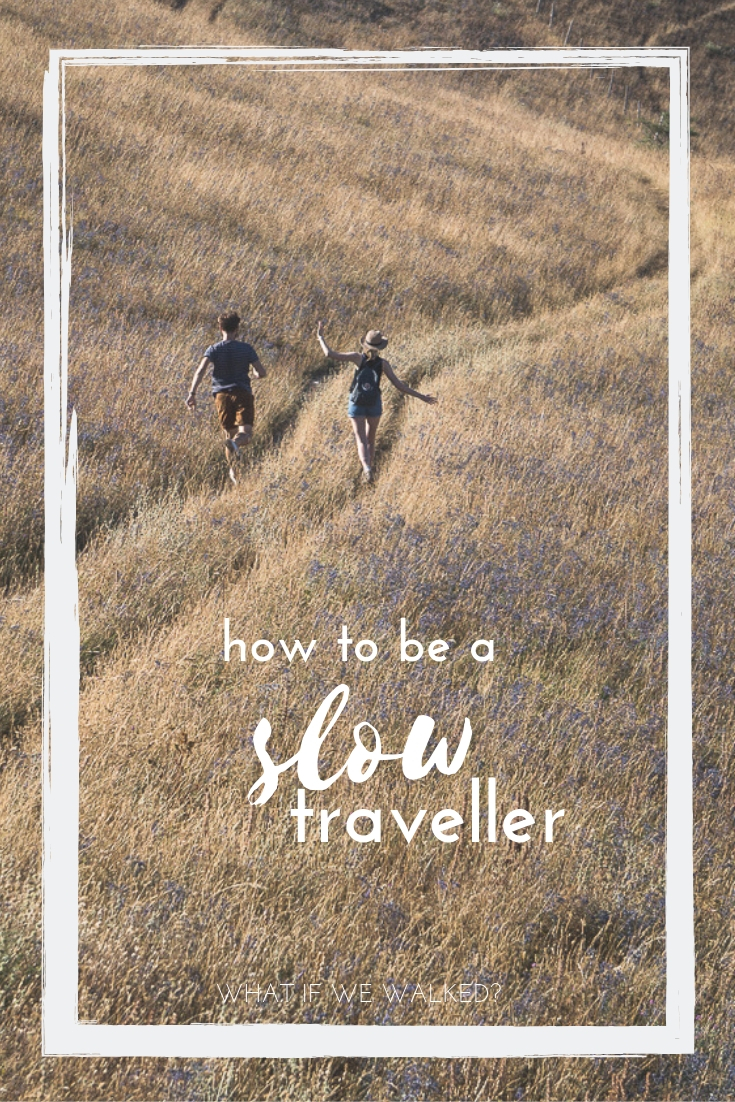
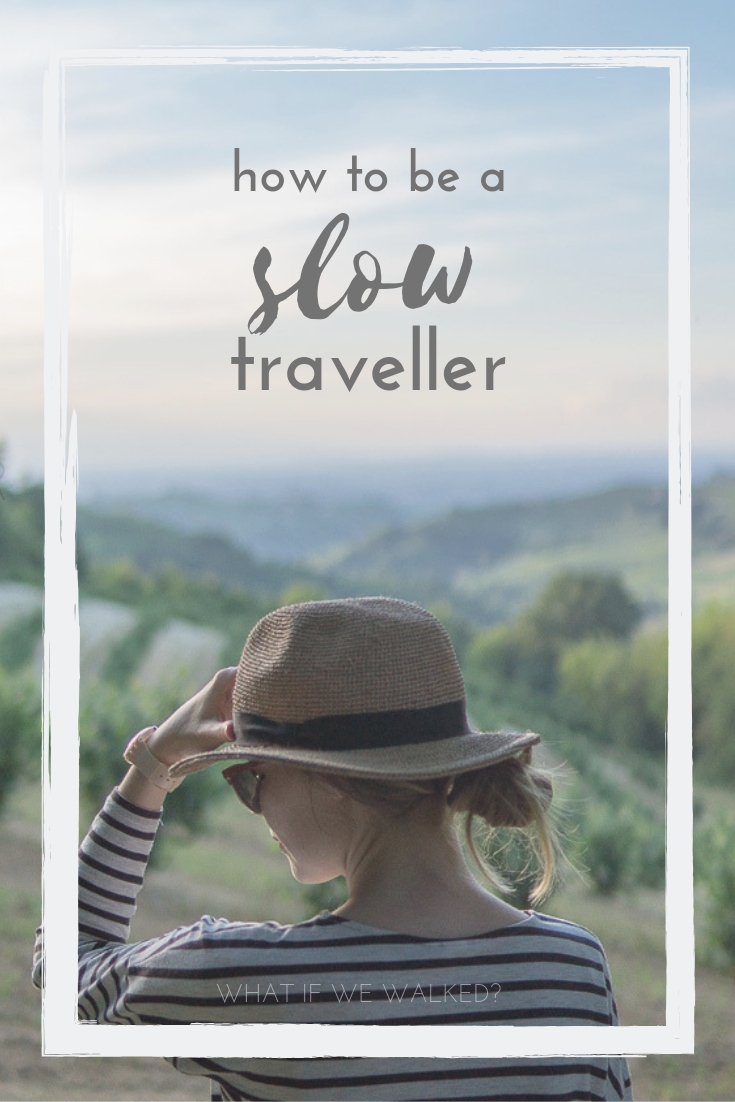

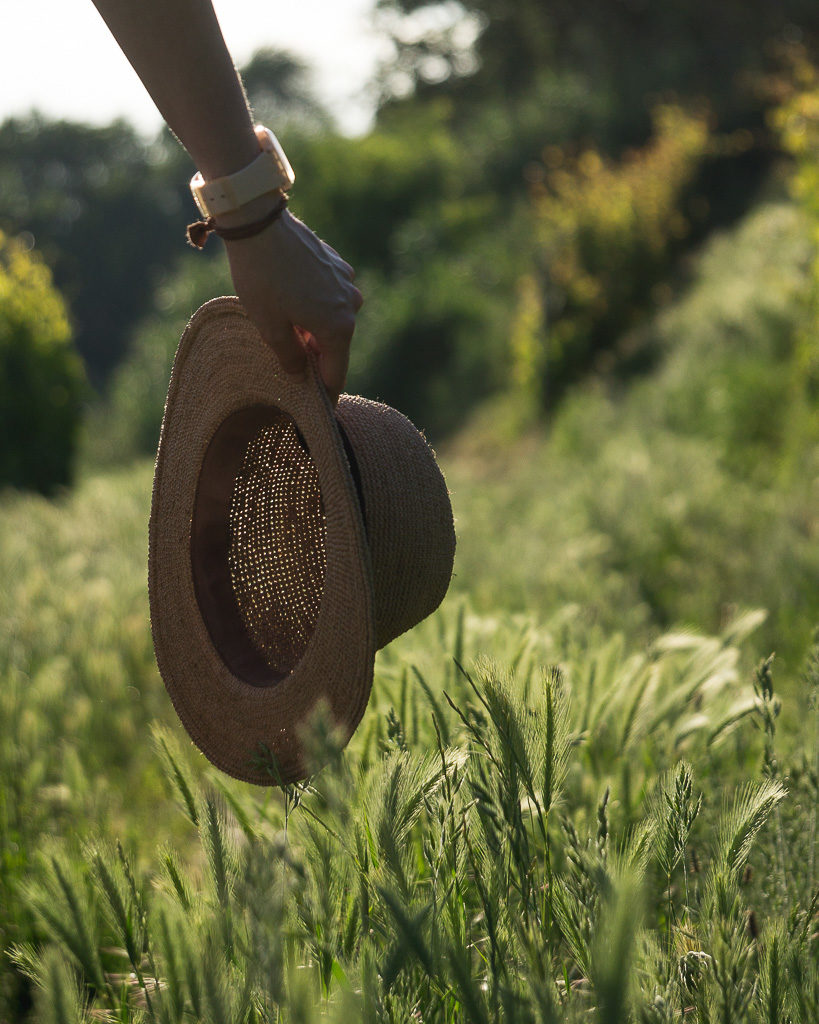
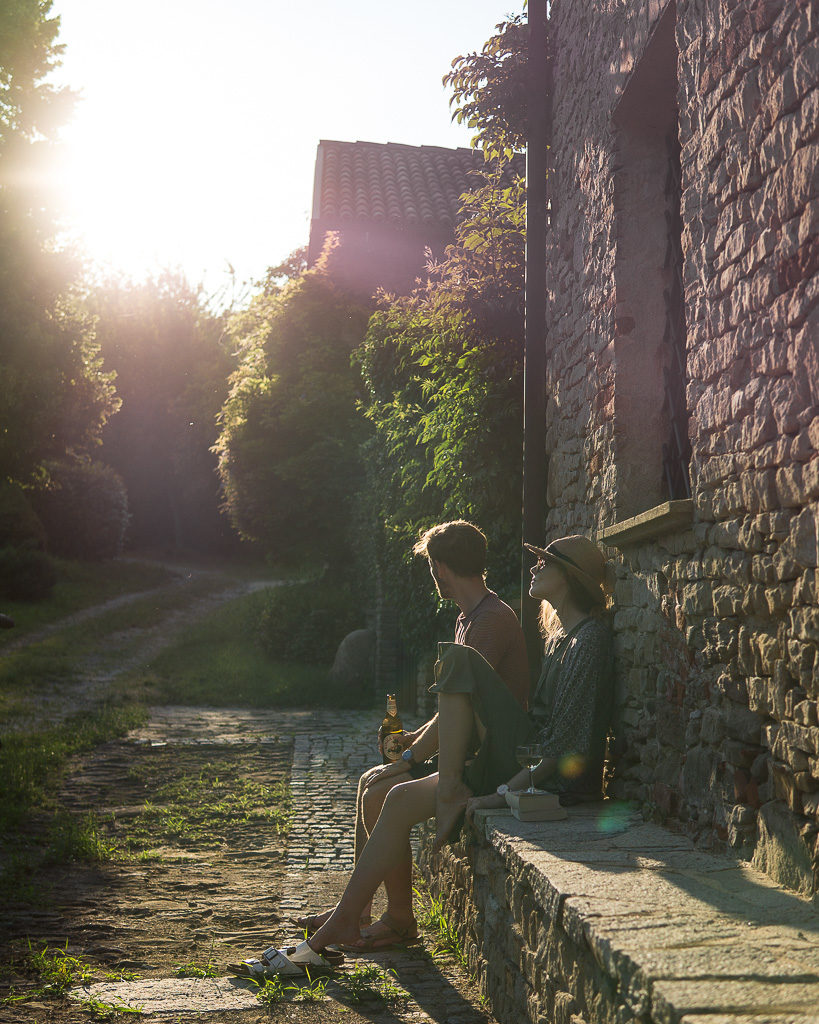
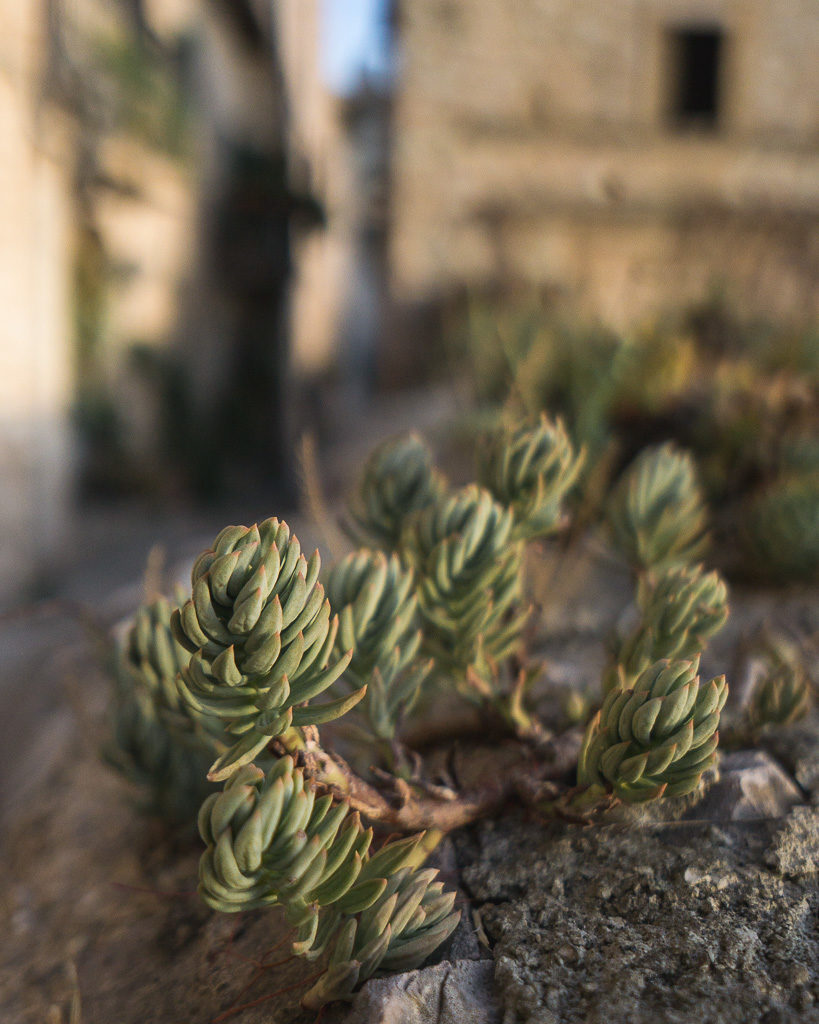
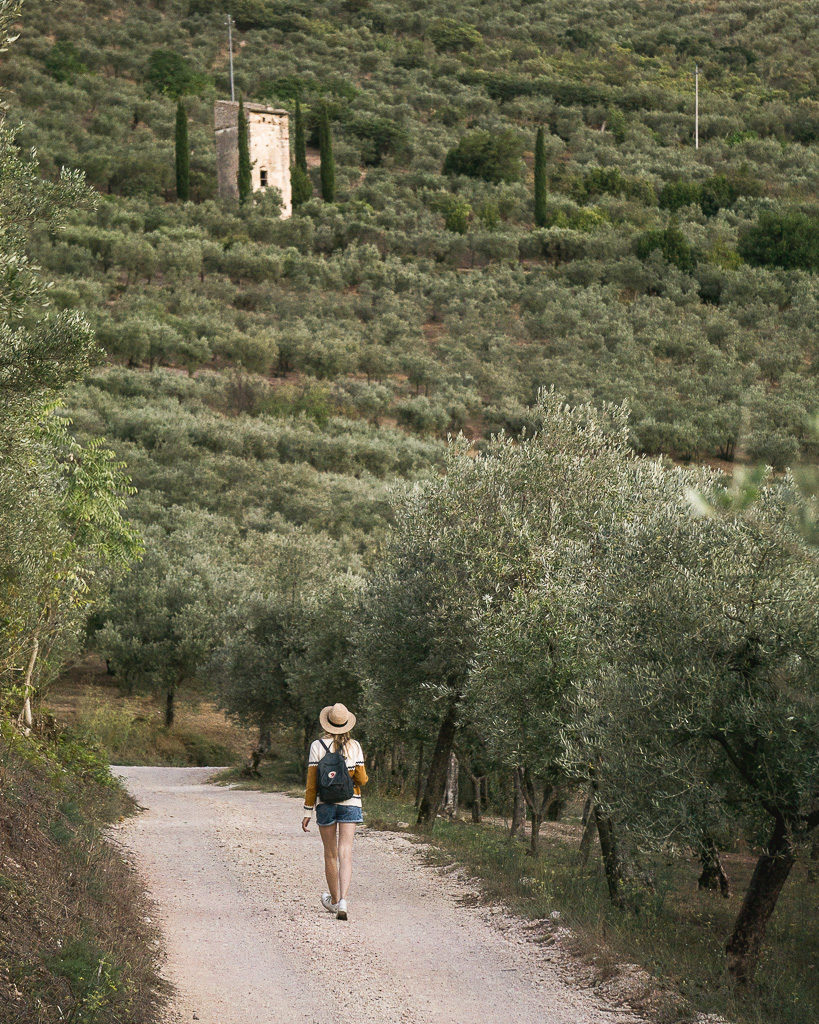
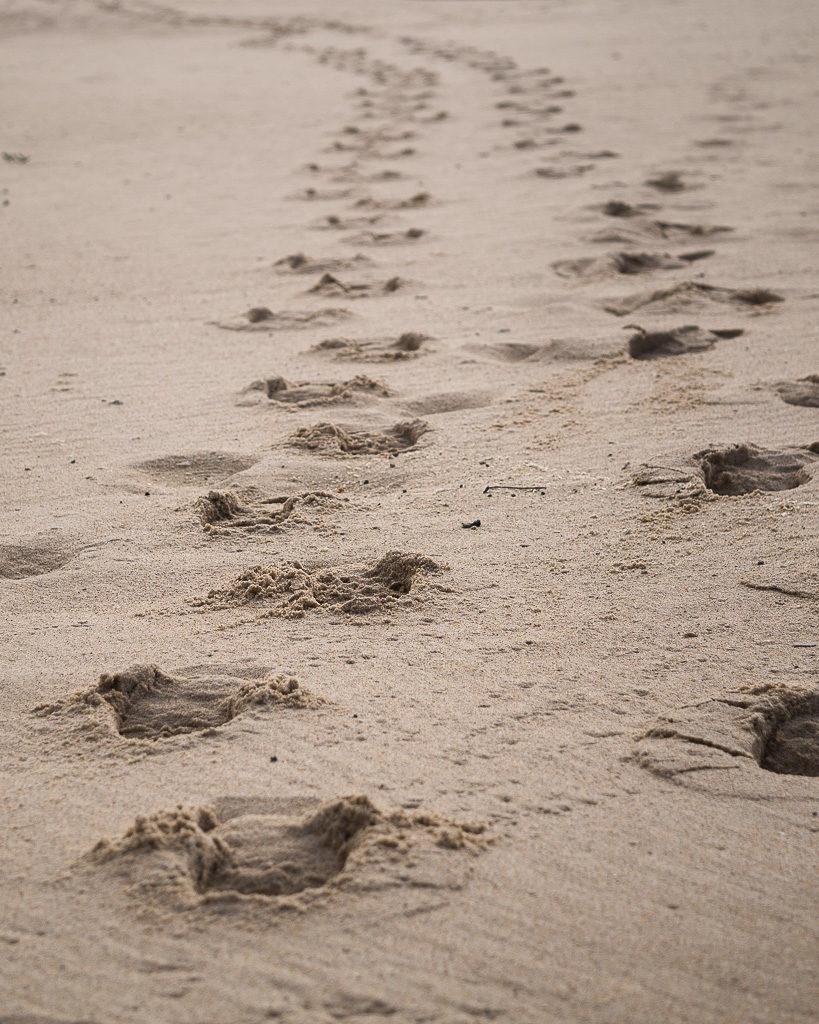
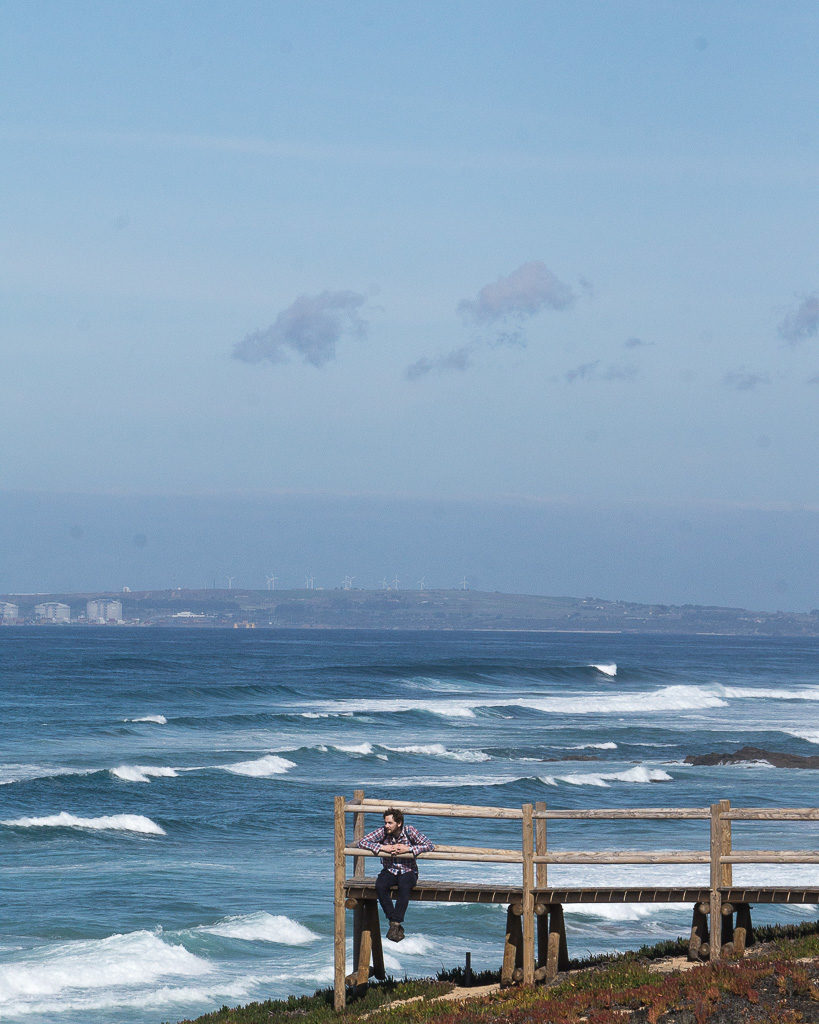
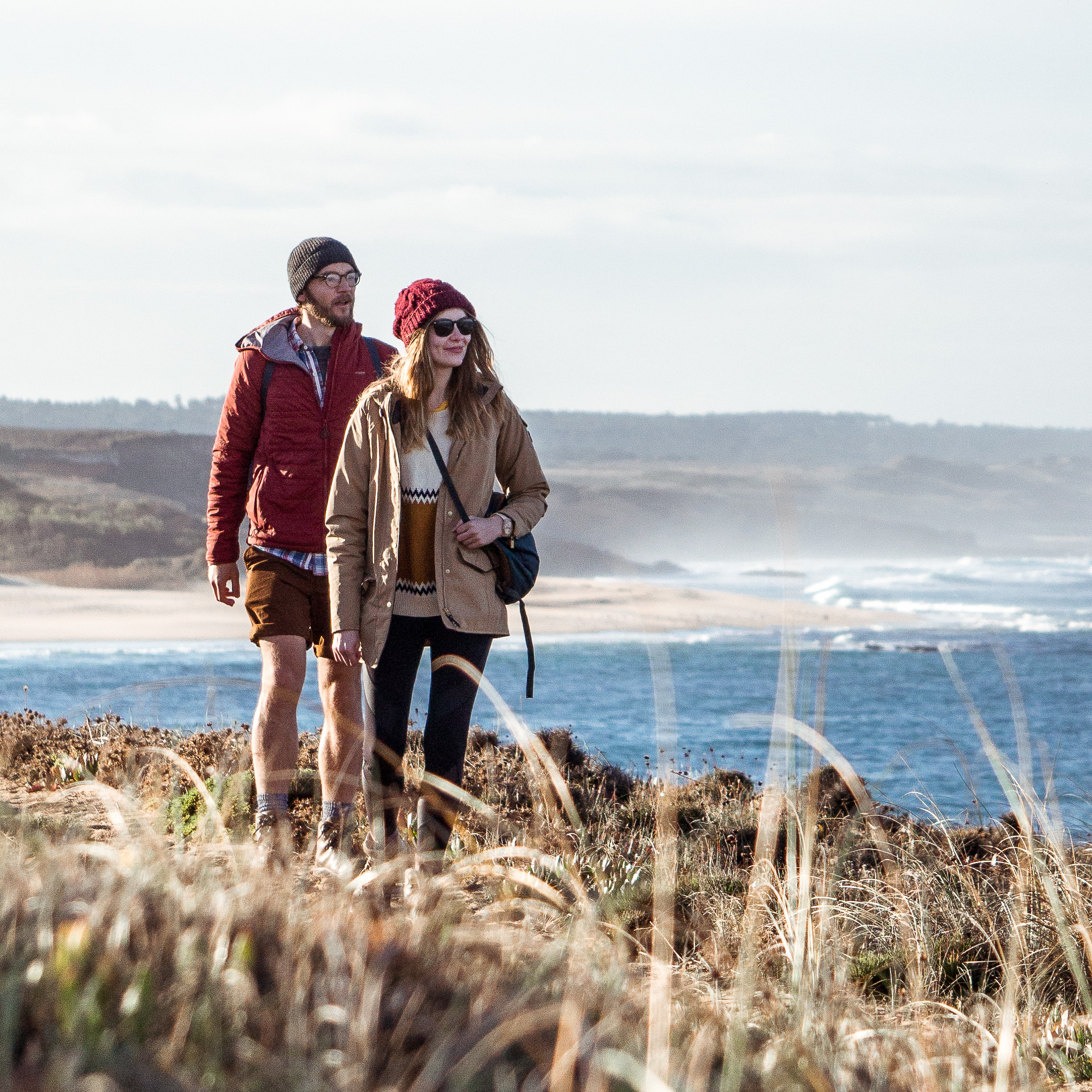
That’s a nice post, I might want to try Slow Travel at least once now haha
Thanks and we hope you give it a go!
When you talk about stay longer in one place, what kind of accommodations do you usually stay at and which mobile app/websites do you use to find them? Also, when do you consider that a place fulfill Slow Travel criterias? I sometimes find it difficult as I do not have a big travel experience background.
Very good questions, Emma. Self-catering accommodations better for longer stays. And a good example of a place that ticks every box as a slow city – Stockholm… the culture is all about getting around in foot, by bike or by boat. Also, it’s a city that has nature within it (made up of islands) and surrounding it. Hope this helps.